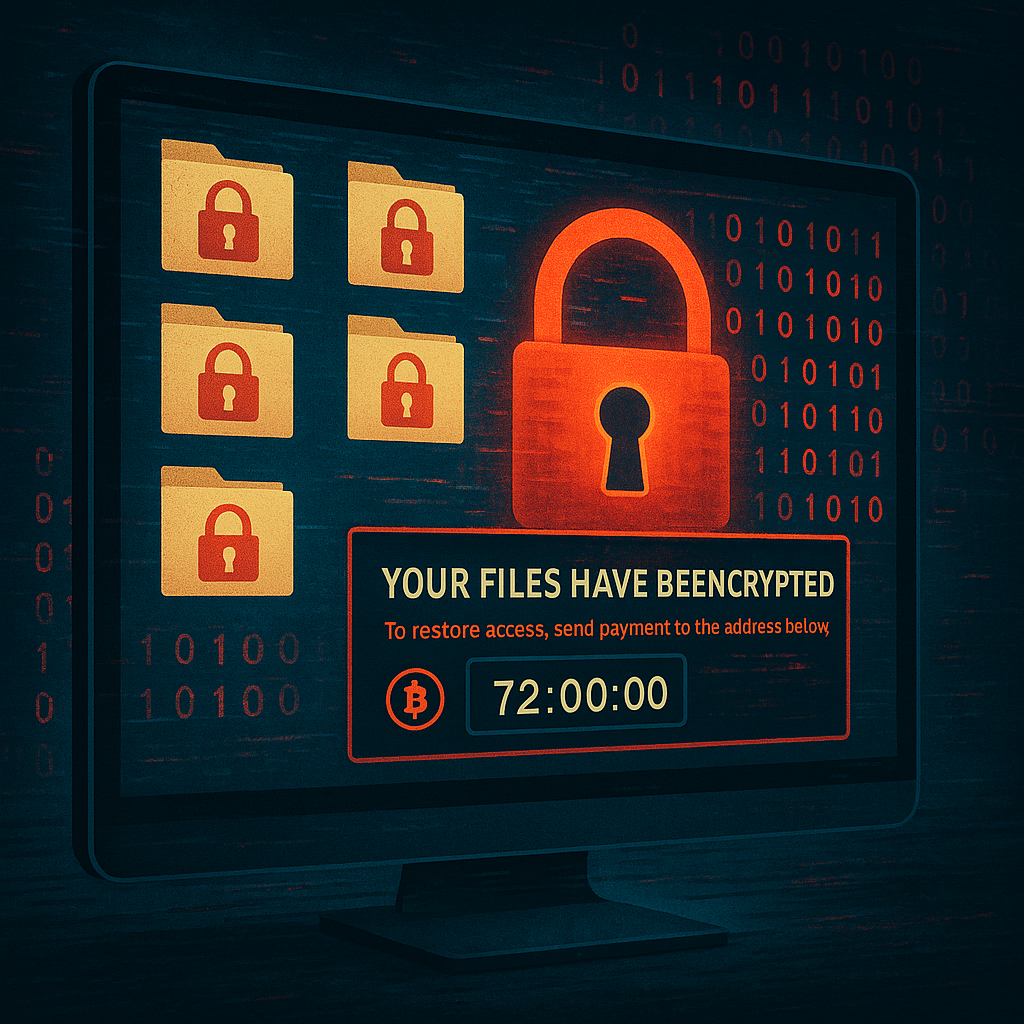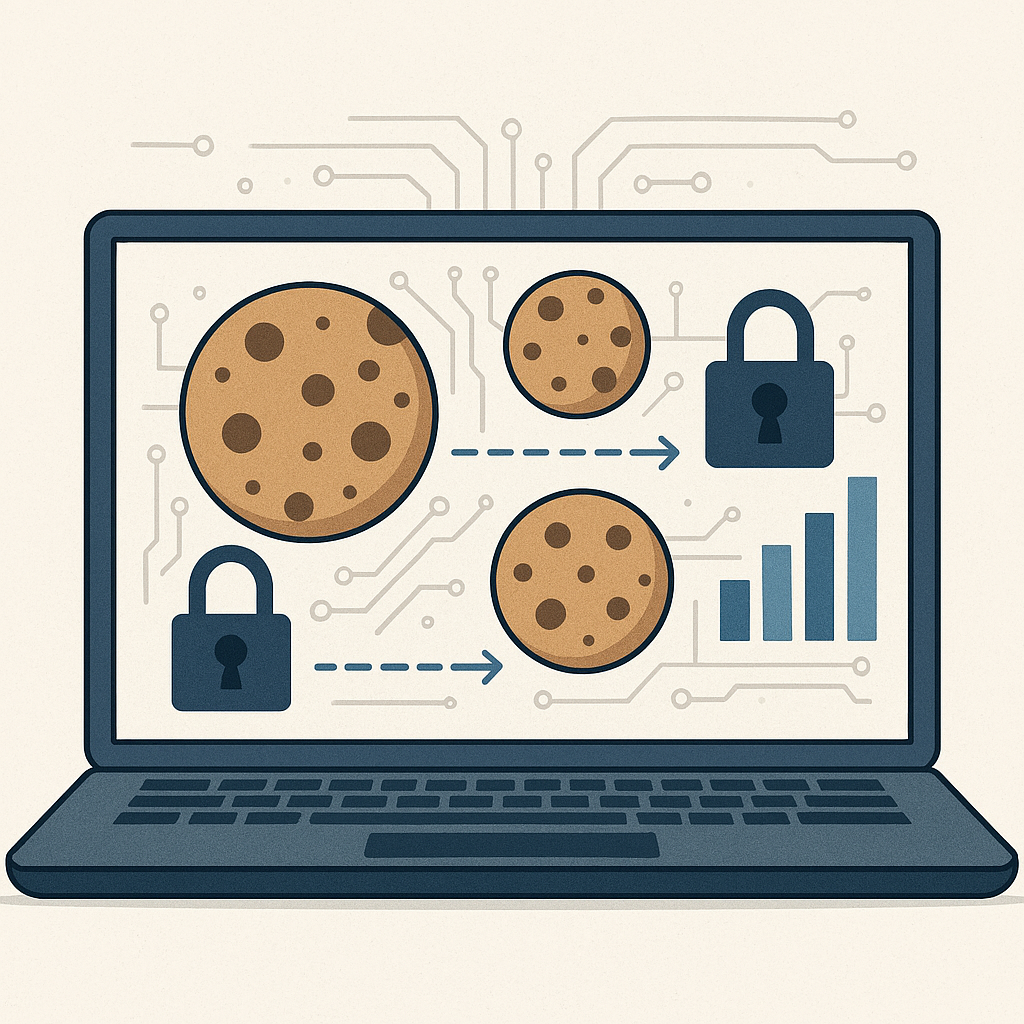How Do Encrypting Viruses Work?
Introduction
Cyber threats continue to evolve, and one of the most dangerous types of malware today is the encrypting virus. Unlike traditional viruses that simply damage or delete files, encrypting viruses take data hostage by locking it with strong encryption. Victims are then pressured to pay a ransom in exchange for the decryption key. Understanding how encrypting viruses work is crucial for businesses and individuals alike, as they pose a significant risk to sensitive data, financial stability, and even operational continuity.
What Is an Encrypting Virus?
An encrypting virus, often associated with ransomware, is a form of malicious software that infiltrates a computer or network and applies encryption to files, making them inaccessible without a unique decryption key. This type of attack prevents users from opening important documents, images, databases, or system files until a ransom is paid to the attacker.
Unlike basic malware, encrypting viruses use advanced cryptographic techniques, making manual decryption nearly impossible without the attacker’s cooperation.
How Encrypting Viruses Spread
Encrypting viruses use multiple infection vectors to reach their targets. Some of the most common include:
- Phishing Emails: Malicious attachments or links trick users into installing the virus.
- Compromised Websites: Drive-by downloads automatically install the virus when users visit an infected site.
- Software Vulnerabilities: Outdated applications or operating systems create entry points for attackers.
- Infected USB Drives: External devices carry the virus from one system to another.
Once installed, the encrypting virus quickly spreads within the system or across a connected network, targeting as many files as possible.
The Encryption Process Explained
The defining feature of an encrypting virus is its use of encryption algorithms. Here’s a simplified step-by-step look at how it operates:
- Infiltration – The virus enters the system through phishing, malicious downloads, or vulnerabilities.
- File Targeting – It scans the computer for valuable files such as documents, spreadsheets, databases, and backups.
- Encryption – Using advanced cryptographic algorithms like AES or RSA, the virus locks the files.
- Ransom Demand – A ransom note appears, instructing the victim to pay in cryptocurrency to receive a decryption key.
- Data Lockdown – Until payment is made (and even then, not guaranteed), the victim remains locked out of their data.
Why Encrypting Viruses Are Effective
Encrypting viruses are effective because they exploit both technology and psychology.
- Strong Encryption: Modern encryption algorithms are nearly impossible to crack without the correct key.
- Psychological Pressure: Victims often panic when critical files are inaccessible, increasing the likelihood they will pay the ransom.
- Global Payment Methods: Cryptocurrency transactions allow attackers to remain anonymous and difficult to trace.
This combination of technical strength and human vulnerability makes encrypting viruses one of the most profitable forms of cybercrime.
Real-World Impact of Encrypting Viruses
The damage caused by encrypting viruses extends far beyond locked files:
- Financial Loss: Businesses may lose millions in ransom payments, downtime, and recovery costs.
- Reputation Damage: Customers lose trust in companies that experience major data breaches.
- Operational Disruption: Hospitals, schools, and government agencies have been forced to shut down services due to ransomware attacks.
- Data Loss: Even after paying, many victims never receive the promised decryption key.
These consequences highlight why prevention and preparedness are essential.
How to Protect Against Encrypting Viruses
Prevention is the best defense against encrypting viruses. Some key strategies include:
- Regular Backups: Store copies of important files on offline or cloud-based systems.
- Software Updates: Keep operating systems and applications patched to close security gaps.
- Email Caution: Avoid opening attachments or links from unknown senders.
- Antivirus and Firewalls: Use reputable security software to detect and block malware.
- Employee Training: Educate staff on recognizing phishing emails and suspicious files.
By combining technology and awareness, individuals and organizations can reduce the risk of infection.
What to Do If Infected
If you fall victim to an encrypting virus, taking the right steps is critical:
- Disconnect from the Network – Isolate the infected system to prevent the virus from spreading.
- Avoid Paying the Ransom – There is no guarantee that paying will restore your files.
- Contact Cybersecurity Experts – Specialists can assess the damage and may provide recovery options.
- Restore from Backups – Use clean, offline backups to recover lost files.
- Report the Incident – Inform local authorities or cybersecurity agencies to help track criminal groups.
Swift action can limit the impact and improve the chances of recovery.
The Future of Encrypting Viruses
Cybercriminals continue to develop more sophisticated encrypting viruses, often combining encryption with data theft or double extortion tactics. In these cases, attackers not only lock the files but also threaten to release sensitive information if the ransom is not paid.
As long as digital systems remain central to business and personal life, encrypting viruses will remain a significant cybersecurity threat. Organizations must stay proactive, adopting stronger defenses and continually educating users to stay ahead of evolving threats.
Conclusion
So, how do encrypting viruses work? They infiltrate systems, encrypt valuable files, and demand ransom in exchange for decryption keys. Their effectiveness lies in the strength of modern encryption and the fear they instill in victims. While they are difficult to defeat once active, proper precautions such as regular backups, system updates, and cybersecurity training can greatly reduce the risk.
Encrypting viruses will continue to challenge individuals and organizations, but awareness and preparation remain the most powerful tools for defense.




Comments are closed